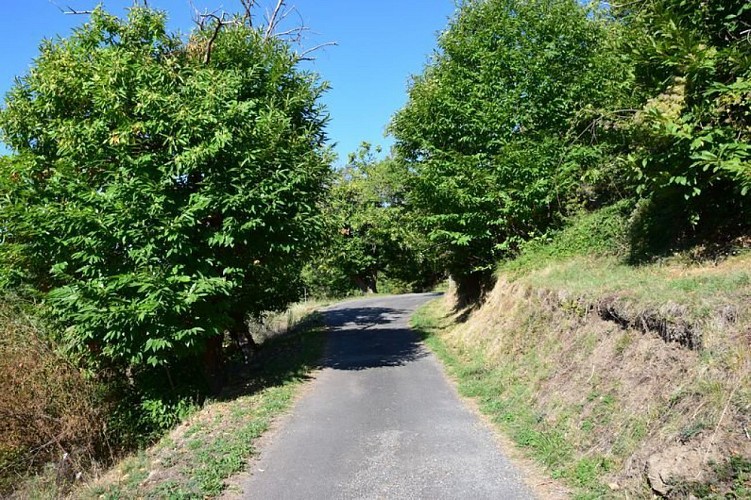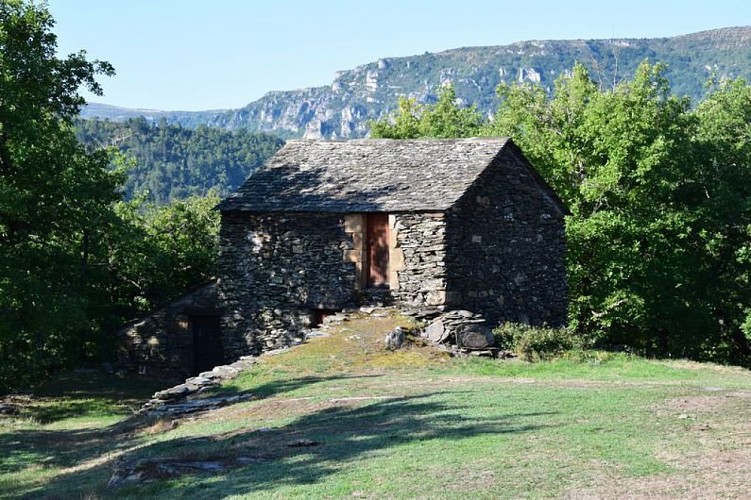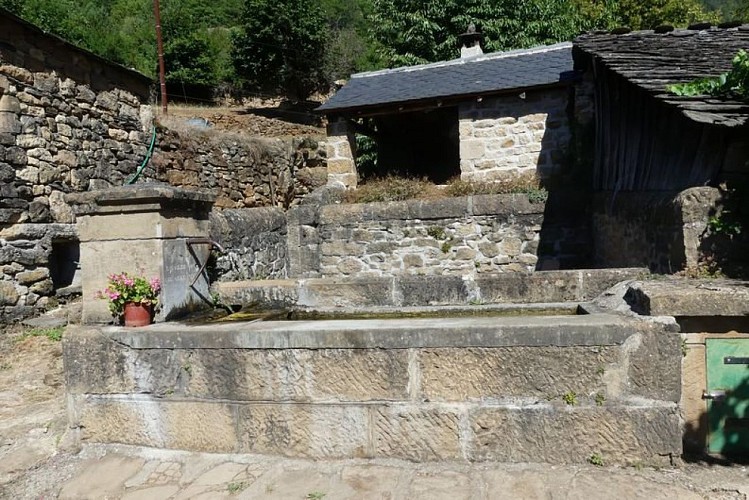Alert
Alerts
Prunet



IGN cards

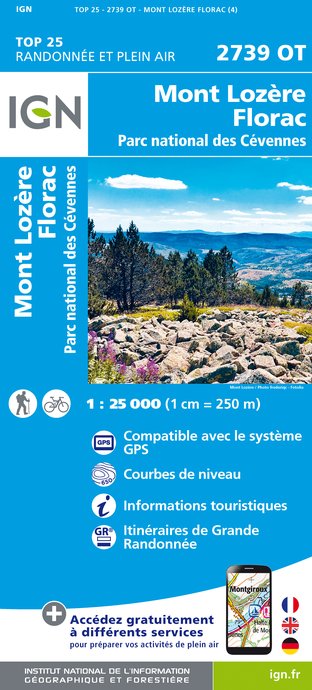



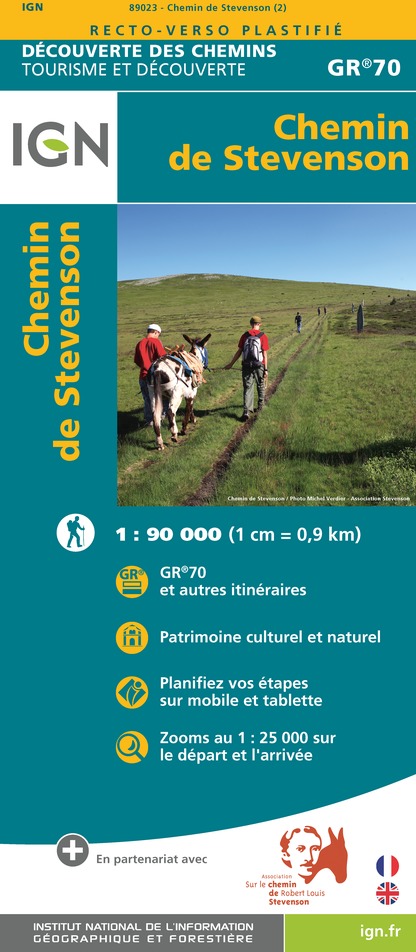



Description
After an uphill section in a former chestnut grove, you have panoramic views over the Mimente valley, the Can de l’Hospitalet and the edge of the Causse Méjean with the Rocher de Roquefort cliffs towering over Florac.
The walk starts from the car park at the town hall (mairie) in La Salle Prunet. Use the pedestrian crossing to cross the main road (N106), then go under the former railway bridge. Go up the concrete ramp and fork left. The path is briefly tarred and goes downhill for a few metres. Just after the stone house, the path goes uphill between houses on the right. The path comes out at the bottom of a field that you cross (50 m) to reach a larger path. Turn right onto this, towards La Valette. Continue on the main path through the chestnut grove and oak forest. At the crossing, continue straight ahead for the hamlet of La Valette, then return the way you came. Take the path that goes downhill on the left through the chestnut grove (electric fence – please close after yourself), then take the road on the right. After the hairpin bend, continue for 50 m to reach a path on the right, just above a house. Take the road to the last hairpin bend before the N106 main road, then turn right onto the old railway track to reach the village. Cross the bridge, continue for another 50 m and turn right to retrace your steps to the car park.
Technical Information
Altimetric profile
Starting point
Points of interest
Additional information
Departure
Florac Trois Rivières (La Salle Prunet)
Arrival
Florac Trois Rivières (La Salle Prunet)
Access
From Florac, take the N106 road direction Alès.
Advised parking
On the village square in La Salle Prunet
Advice
Make sure your equipment is appropriate for the day's weather conditions. Remember that the weather changes quickly in the mountains. Take enough water, wear good shoes and put on a hat. Please close all gates and barriers after yourself.
Is in the midst of the park
The national park is an unrestricted natural area but subjected to regulations which must be known by all visitors.
Data author

